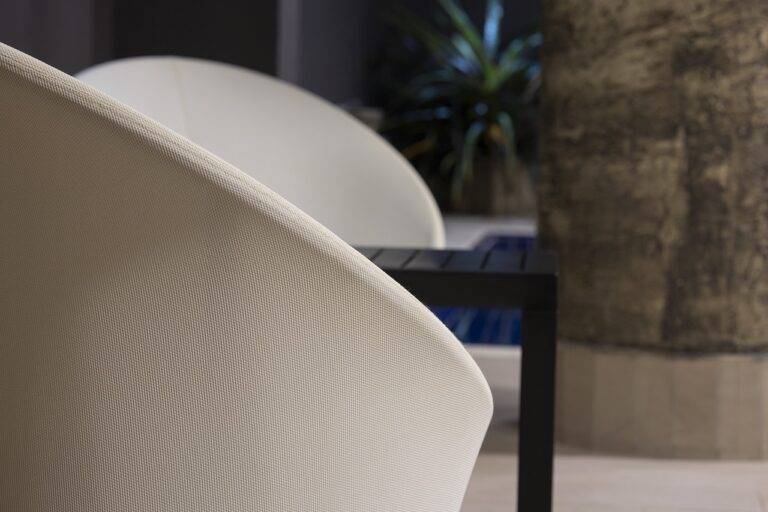Biophilic Design: Bringing Nature Indoors for Improved Well-being and Productivity
Biophilic design is a concept that involves incorporating natural elements into the built environment to create spaces that connect people with nature. This design approach has gained popularity in recent years as research continues to show the benefits of bringing nature indoors for improved well-being and productivity. In this article, we will explore the key principles of biophilic design, its impact on individuals and organizations, and how it can be implemented in various settings.
The Principles of Biophilic Design
Biophilic design is based on the idea that humans have an innate connection to nature and that incorporating natural elements into our surroundings can have a positive impact on our health and well-being. There are several key principles that guide biophilic design, including:
1. Nature in the Space
One of the main principles of biophilic design is to incorporate natural elements such as plants, water features, and natural materials into indoor spaces. This can help create a sense of connection to the natural world and improve the overall ambiance of the space.
2. Natural Light and Views
Another important aspect of biophilic design is to maximize natural light and views of nature within a space. Access to natural light has been shown to have a positive impact on mood, productivity, and overall well-being, so it is important to optimize natural light exposure in indoor environments.
3. Natural Shapes and Forms
Biophilic design also emphasizes the use of natural shapes and forms in architecture and interior design. This can include incorporating organic patterns, curves, and textures into the design of a space to create a more harmonious and calming environment.
4. Biomorphic Patterns and Graphics
Another key principle of biophilic design is the use of biomorphic patterns and graphics that mimic elements of nature. This can include designs inspired by plants, animals, or natural landscapes, which can help create a sense of connection to the natural world.
The Benefits of Biophilic Design
Research has shown that biophilic design can have a range of benefits for individuals and organizations. Some of the main benefits include:
1. Improved Well-being
Bringing nature indoors through biophilic design has been shown to have a positive impact on individuals’ mental and physical well-being. Studies have found that exposure to natural elements can reduce stress, improve mood, and increase overall feelings of well-being.
2. Increased Productivity
Biophilic design has also been linked to increased productivity in the workplace. By creating environments that promote a sense of connection to nature, employees may experience higher levels of focus, creativity, and job satisfaction, leading to improved performance and productivity.
3. Enhanced Creativity
Natural elements in indoor spaces can stimulate creativity and innovation. Research has shown that exposure to nature can enhance cognitive function and problem-solving skills, making individuals more creative and resourceful in their work.
Implementing Biophilic Design
There are several ways to incorporate biophilic design principles into various settings, including homes, offices, schools, and healthcare facilities. Some common strategies for implementing biophilic design include:
1. Green Walls and Indoor Plants
One of the easiest ways to bring nature indoors is by incorporating green walls and indoor plants into a space. Plants can help improve air quality, reduce stress, and create a more vibrant and inviting environment.
2. Natural Materials
Using natural materials such as wood, stone, and bamboo in interior design can help create a sense of warmth and connection to nature. These materials can be used in flooring, furniture, and decorative accents to bring a touch of the outdoors inside.
3. Water Features
Incorporating water features such as fountains, ponds, or indoor waterfalls can help create a sense of tranquility and harmony in a space. The sound of flowing water can have a calming effect and promote relaxation and well-being.
FAQs
- What is biophilic design?
- What are the benefits of biophilic design?
- How can biophilic design be implemented?
Biophilic design is a design approach that incorporates natural elements into the built environment to create spaces that connect people with nature.
Biophilic design has been shown to improve well-being, increase productivity, and enhance creativity in individuals and organizations.
Biophilic design can be implemented by incorporating natural elements such as plants, natural light, water features, and natural materials into indoor spaces.
Overall, biophilic design offers a holistic approach to creating spaces that promote health, well-being, and productivity. By incorporating natural elements into our built environments, we can create spaces that connect us to the natural world and enhance our overall quality of life.
With its numerous benefits for individuals and organizations, biophilic design is a design approach that is here to stay, shaping the future of architecture and interior design for years to come.







